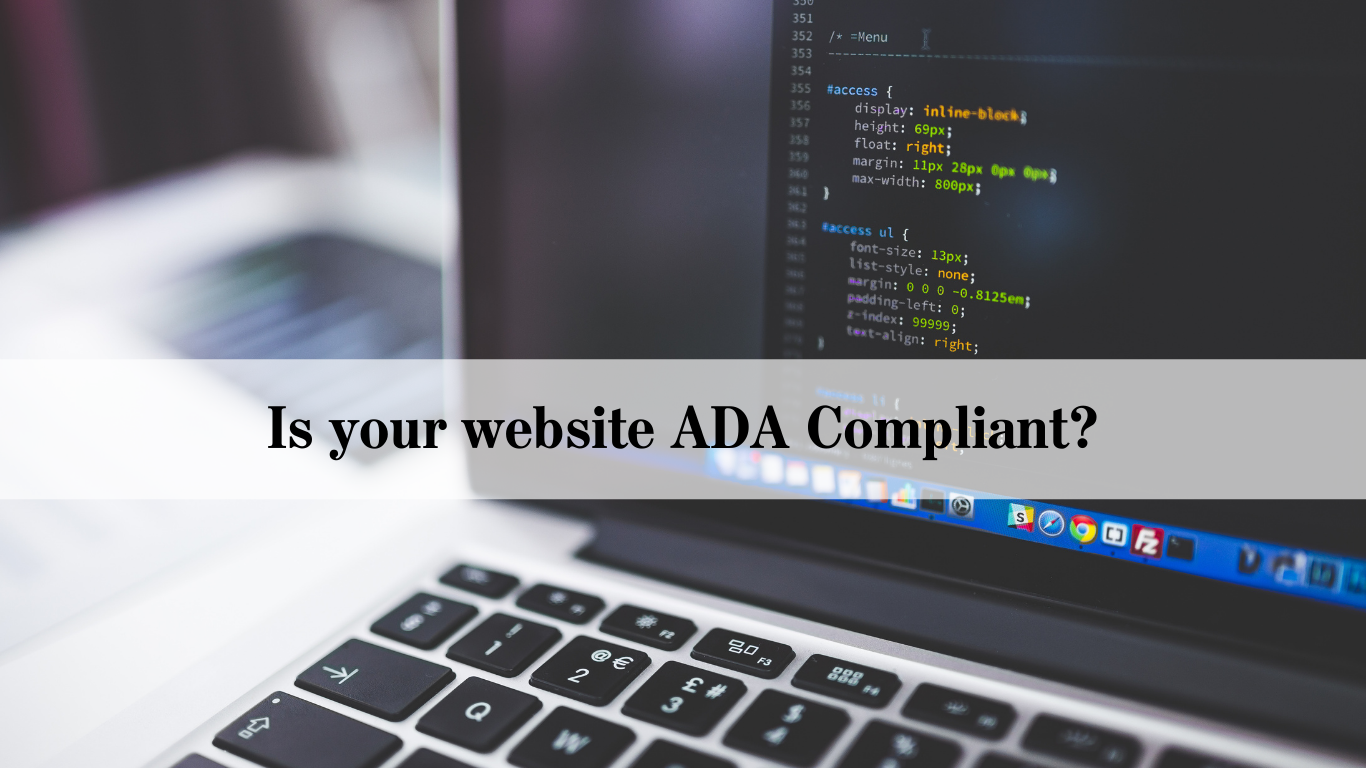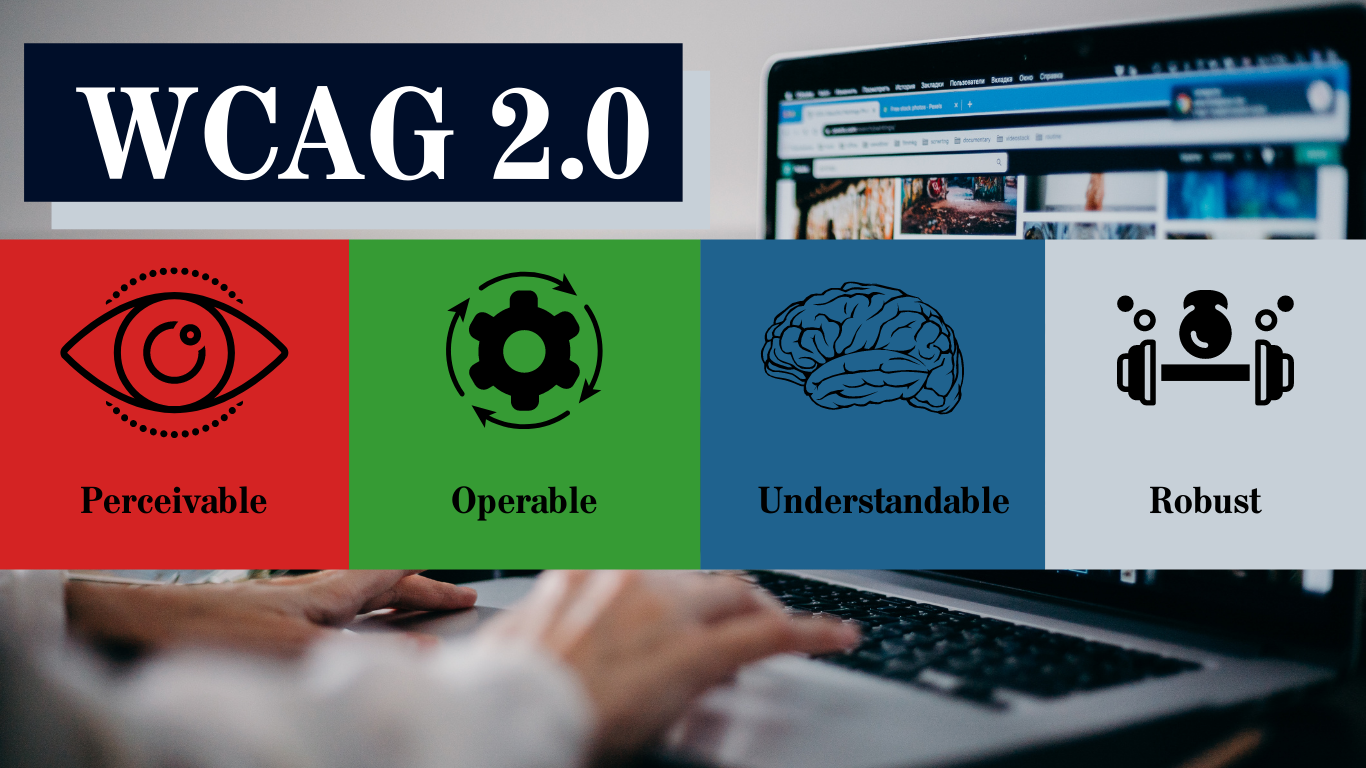Since ADA compliance is a legal issue, your journey to website accessibility should start with speaking to experienced accessibility lawyers. The legal professionals defending against ADA accessibility lawsuits are well-aware of the tactics and methods used by law firms and their serial plaintiffs and can help you effectively address the gray areas of compliance.
Skip Website Accessibility Overlays
If you are still using any website accessibility widgets, you should consider abandoning them in favor of a comprehensive website accessibility audit and remediation. Website overlays can help you automatically fix some of the accessibility issues on your website but will not ensure compliance or assist you in building a solid defense against ADA lawsuits.
Run Automatic Testing
You can start your website accessibility audit with an automatic check. A checker software can reveal accessibility issues lying on the surface and decrease the time needed for manual testing by an accessibility expert.
Do Manual Testing
After the most obvious accessibility issues are identified, it is time for manual testing. An expert would run a deeper analysis of your website, which cannot be made by AI technology, checking alternative text descriptions and user experience for disabled people, among other elements.
Provide for Both Coding and Context Accessibility
When addressing ADA compliance issues for your website, the remediation team will have to address both coding and context accessibility. Coding accessibility means having a clear code that can be easily applied by screen readers and providing an effective user interface for disabled people.
Context accessibility is another aspect that requires manual testing and remediation. The scope of work includes providing meaningful alt text and notifications to enable impaired users to use all elements and functionality of your website.
Run Regular Accessibility Maintenance and Review
Websites are living spaces that develop together with the businesses and grow with each new page or plug-in. However, all too often, adding new elements or content to an existing website is viewed as a non-priority administrative task done in a rush without due attention to accessibility issues. Meanwhile, such an approach can lead to missing alt descriptions, absence of important notifications, and lack of other important elements, which can result in vulnerabilities for ADA lawsuits.
It is essential to keep accessibility in mind whenever you make changes to your website. Still, it is always necessary to run regular accessibility audits and maintenance of your website because it is so easy to miss something when adding a page, a post or a product description.



